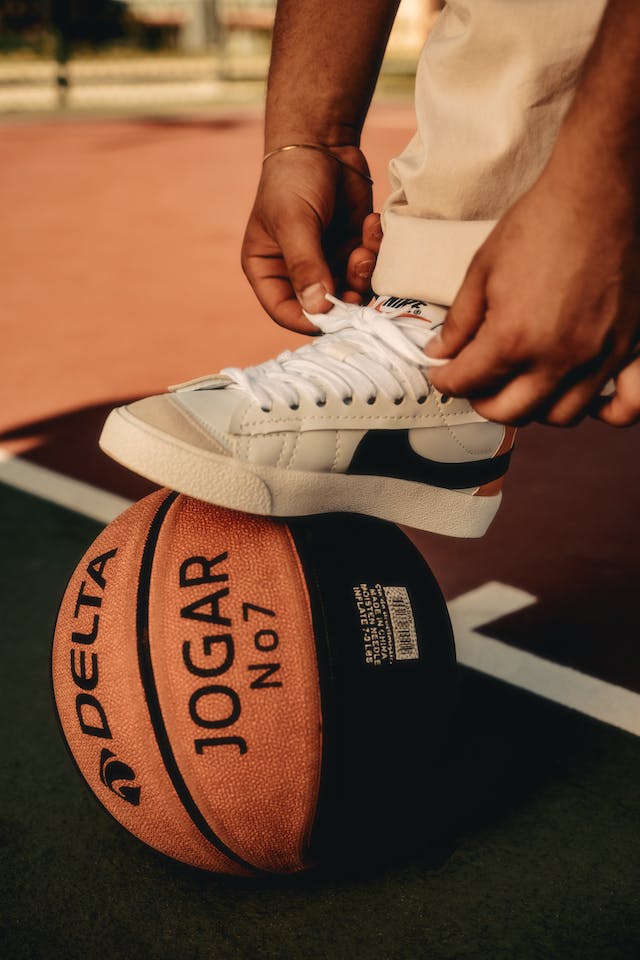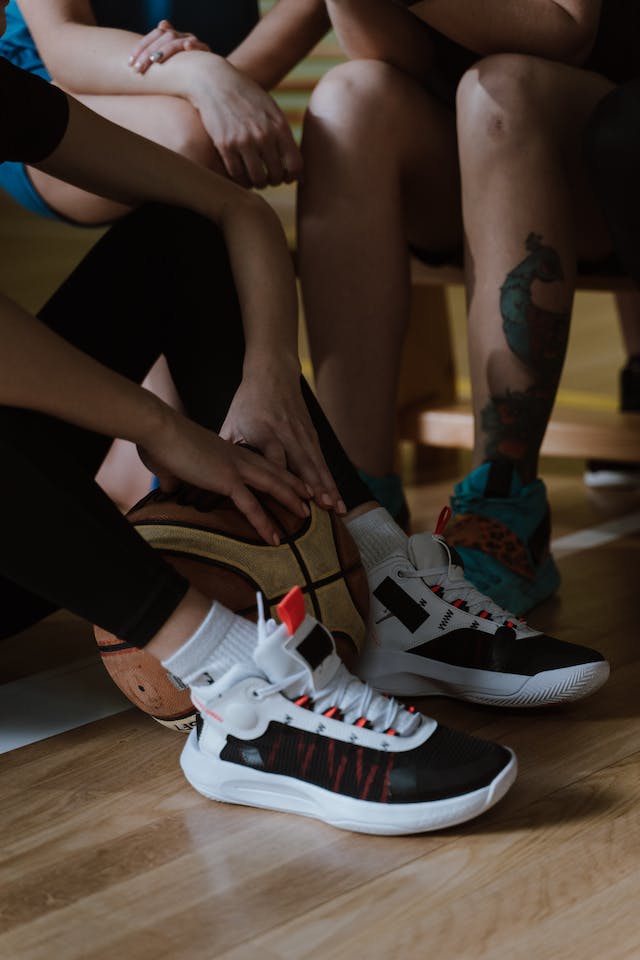What are Basketball Shoe Soles Made Of?
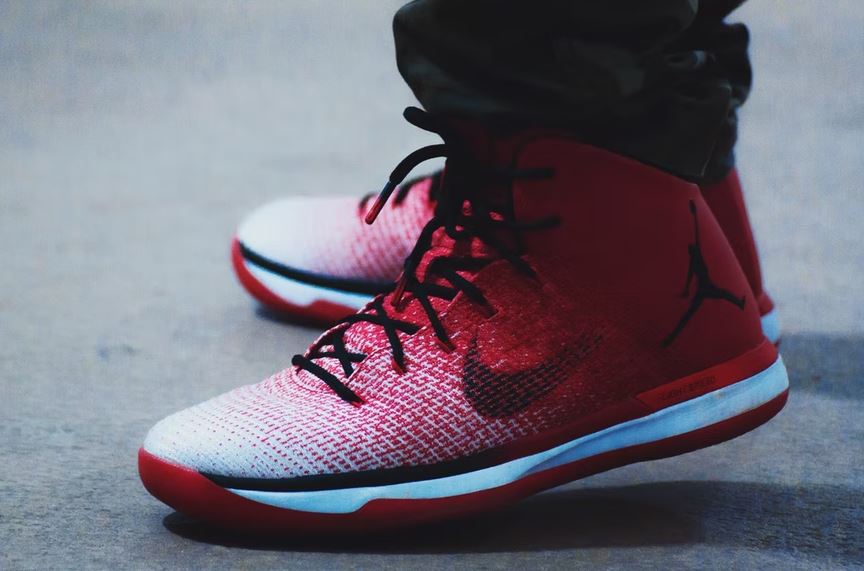
There are many materials and components that are found in basketball shoes, but one of the most important components of the shoes is the sole. The sole is the bottom part of any type of shoe that serves as protection for your feet against the floor. In addition to protecting your feet from scratches, splinters, and other kinds of wounds, the soles also provide proper cushioning for your feet and reduce the impact that your feet receive whenever they hit the ground while running or jumping.
A lot of people don’t know what soles are made of, and it is actually important for them to know so that they will have the knowledge to see which soles are more comfortable and suitable for their feet. There are different materials used for soles, especially on basketball shoes, where many brands would use unique technologies to increase the comfort and rigidity of their products. Here are the materials used for making basketball shoe soles.
Midsole and Outsole
Before we actually go into discussing the materials used for the soles of basketball shoes, we need to talk about the two parts of a sole, which are the midsole and the outsole. As their name suggests, the midsole is located between the bottom part of the shoe’s upper and the outsole, while the outsole is the part that actually touches the floor when the shoe is worn.
Normally, the midsole is much softer than the outsole, as it is responsible for providing comfort and cushion for the wearer’s feet. However, most midsole and outsole combinations are typically made from the same material, although the outsole is specifically created to be tougher and more durable than the midsole.
Types of Sole Materials
There are various materials that are used for midsoles and outsoles, and these materials offer different advantages or features to the wearer. Here are details about the materials used for midsoles and outsoles of basketball shoes.
Polyurethane (PU)
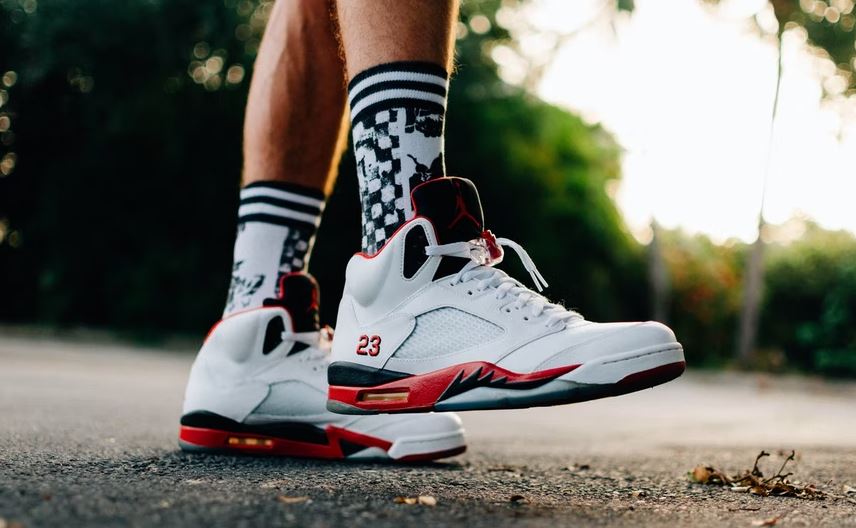
Polyurethane, also known as PU, is a form of plastic material that can be formulated to either be flexible or rigid. This material is primarily seen today in vintage basketball shoes, and although they are comfortable, they are often prone to crumble after years of use, so they are not that durable compared to other midsole materials. In addition, PU midsoles are also quite firm, so they don’t provide that much cushioning for the feet.
Ethylene-Vinyl Acetate (EVA)
In recent years, ethylene-vinyl acetate, more popularly called EVA, has become the most popular type of material for midsoles, especially for shoes made for basketball and running. EVA is considered to be lighter than polyurethane, and it is also much softer, which is why it provides better cushioning.
The EVA material is also quite versatile, as it can be customized to be more rigid or softer depending on the sport it will be used on. For running, EVA midsoles are typically softer, while for basketball, it is much firmer so that the wearer will still be able to control the movement of his or her feet better, especially lateral movements.
Gas-Infused EVA
There are also EVA foams that are infused with gasses like carbon and nitrogen in order to make them lighter and softer. Gas-infused EVA is quite rare in basketball shoes, as too much cushion is not really needed for basketball players. However, this type of midsole is more abundant for running shoes that are supposed to be more lightweight and provide shock and impact absorption. There are various brands that have their own formula for making gas-infused EVA, and some of them would even apply names to their formulation, like the Puma Nitro and the New Balance FreshFoam.
Polyether Block Amide (PEBA)
PEBA or Polyether Block Amide uses two different materials or chemicals, namely polyether and polyamide, and combines them to form one of the best midsoles in the market today. The PEBA midsole can be firm when it needs to be, especially when the wearer is standing still, but it can also be quite bouncy whenever the wearer is applying pressure on the midsole while running or playing other sports.
Because this material is relatively new in the market, it is not yet applied abundantly in many products from various brands, and the material is still being formulated to be better. Some of the best PEBA midsoles available right now are the Nike ZoomX, the Puma Nitro Elite, and the Saucony PowerPB.
Expanded Thermoplastic Polyurethane (E-TPU)
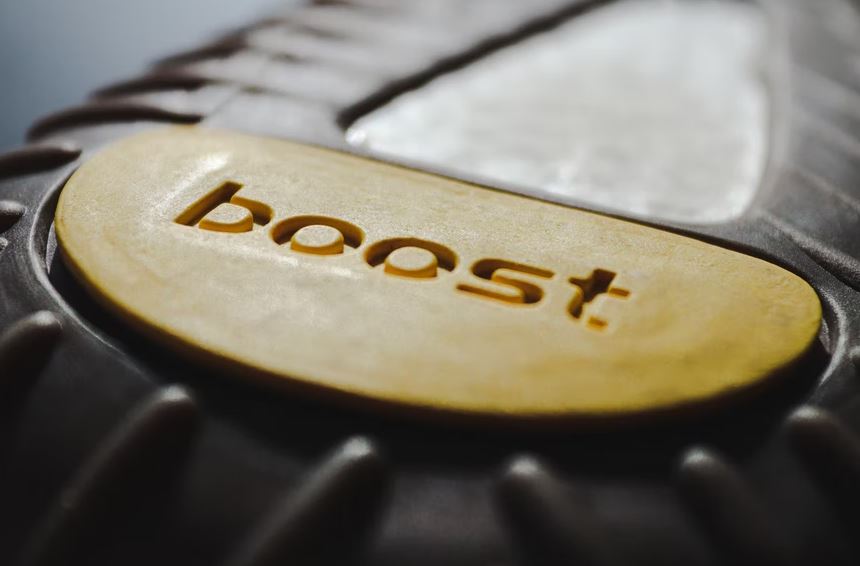
Expanded thermoplastic polyurethane, also known as E-TPU, is a type of midsole material that is made by combining hundreds of TPU granules to form the shape of the midsole for the basketball shoe. One of the most popular types of E-TPU is Boost, which is a trademarked material used by Adidas for various products, including basketball shoes and running shoes.
The Boost midsole consists of several pellets of E-TPU, and these pellets would actually retain their pill-like shape even after they are fused together. This Boost technology is often described as having a bouncy feeling, which makes it one of the most comfortable midsole materials because of its superior cushioning over most materials. However, Boost is also one of the least durable materials, so they are often accompanied by an outsole made from stronger materials like EVA or dandelion rubber.
However, for basketball shoes, some of the fused Boost pellets are usually caged inside a more rigid plastic (typically made of EVA) in order to reduce their bounciness and thus be more suitable for basketball. For running shoes, the Boost midsole doesn’t have a cage in order to provide maximum cushioning.
These are a few of the best and most popular types of materials that are used for basketball shoe soles, as well as for the soles of other kinds of footwear. Before buying a shoe for basketball, make sure that you check out what its midsole is made of so that you can already know if it is comfortable or can provide ample protection for your feet.

